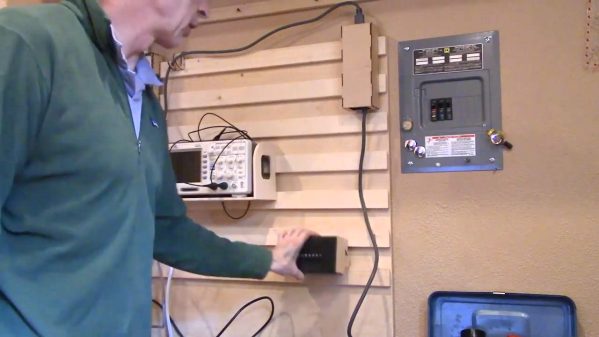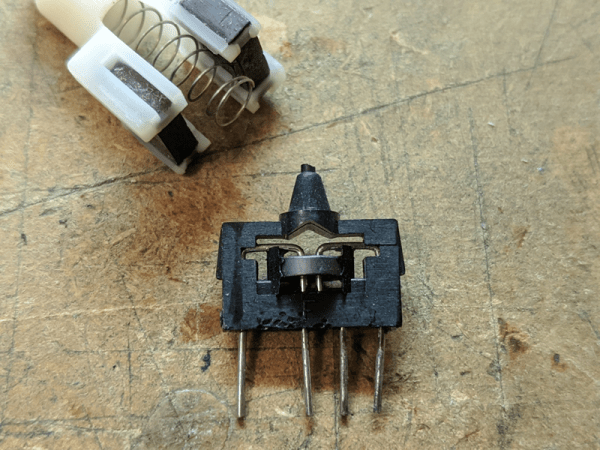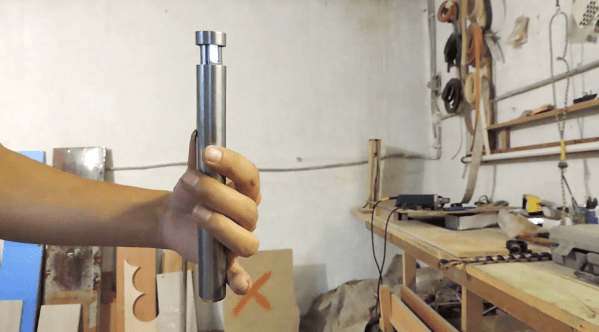We’ve seen dozens of “Magic Mirror” builds around here, most of which display all sorts of information — calendar, weather, news. They’re great builds, but they tend to be a bit busy and don’t really inspire a calm start to the day. But if you’re good enough and smart enough, you can build this electronic affirmation mirror, and doggone it, people will like you.
[Becky Stern] stripped the magic mirror concept down to a minimum with this build and uses only an array of 14-segment alphanumeric displays to scroll uplifting messages. The glass she used is partially reflective, and when covered with black tape on the backside, with a small portal for the display, it makes a decent mirror. The displays are driven by a Trinket using static affirmations stored in the sketch; a microcontroller with a WiFi connection could also be used to source affirmations on the fly. Or, you know, stock prices and traffic updates, if you’re not into the whole [Stuart Smalley] thing.
So what about those aforementioned magic mirror builds? We’ve got large ones, small ones, retro ones, and even kid-centric ones. Take your pick!
Continue reading “Begin Your Day On An Uplifting Note With A Daily Affirmation Mirror”


















